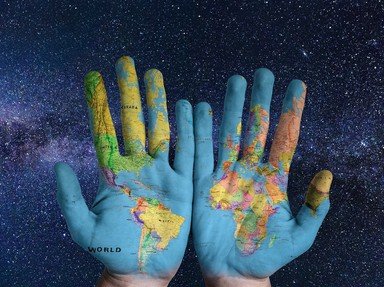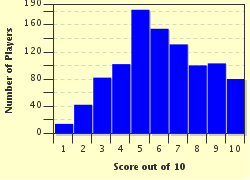Quiz Answer Key and Fun Facts
1. The opening dance of the Bundespresseball is reserved for the President of Germany. As the head of state, he or she is of course the most prominent dignitary on this gathering of the "Who is who" of Germany. So who opened the dancing at the 2011 incarnation of the ball?
2. Our first guest is one of the few German motion picture directors who has had a lasting influence on the American film industry. Born in 1955, his main works were and still are major disaster movies with heroic elements. Two of his most successful works both deal with the American Independence - a 2000 film set in the American Revolution and a 1994 story about an alien invasion repelled on the 4th of July. What is his name?
3. A celebration of the rich and powerful would be incomplete without the richest German. Born 1920 as the son of a grocery store owner, he, together with his brother Theo (who died in 2010), developed this one store, which he took over in 1946, into a chain of over 8,000 discount grocery stores worldwide (with over 4,000 of them in Germany). You probably know the store, but what is the name of the surviving founder?
4. The most powerful person in Germany is not the president, whose position is rather ceremonial, but the chancellor. In 2011, this office was held by Angela Merkel, who was born in Hamburg but grew up in East Germany. The fact that she could become the chancellor of a unified Germany was largely due to the work of one of her predecessors in office. Who was this German chancellor who, together with his foreign minister Genscher, initiated and managed the reunification process?
5. Germany has always been a country of both artists and engineers, and which discipline could better represent this on the big ball than architecture? Responsible for the incredibly transparent and modern roof of the 1972 Olympic Stadium in Munich and often using thin membranes as the outer shells of his buildings, what is the name of this architect? (Small hint: People tend to confuse his first and last names as the reversion sounds more natural).
6. Every ball needs some music and while our next guest would probably not wield the baton himself on such an event, he definitely could do so. Known as a composer, but first and foremost as a conductor, he has been first guest conductor of the BBC Symphony Orchestra and, from 1986 to 1999, the resident conductor of the SWF Symphony Orchestra. His interpretation of Beethoven's nine symphonies commands a premium price on the collectors' market, what is his name?
7. A celebration of the "who is who" also needs at least one Nobel prize winner. The lady I am looking for has received the Literature prize in 2009, for her entire literary output, including such novels as "Atemschaukel" (known in English as "Everything I Possess I Carry With Me") and "Herztier" ("The Land of Green Plums"). What is her name?
8. This artist left Germany when she was thirteen, shortly after Kristallnacht, and managed to make her way to the United States, where she resides, but she can't wait to come back for the party. Her screen prints are world famous, and include the triptych "Las Casitas". Who is the German expatriate artist?
9. We invited this guest to the Bundespresseball in hopes that he would read a portion of "The Tin Drum" for us. He won the Nobel Prize for literature in 1999. He should make for an entertaining guest at the party. Who is our guest?
10. Let's invite one more Nobel winner! This gentleman has received the prize for medicine, in particular for research that could save many humans, primarily women, from an early death by cancer. His work, for which he was honored in 2008, aims at better understanding a virus that is responsible for various forms of cancer, in particular certain uterine cancers. What is his name?
Source: Author
WesleyCrusher
This quiz was reviewed by FunTrivia editor
Terry before going online.
Any errors found in FunTrivia content are routinely corrected through our feedback system.

